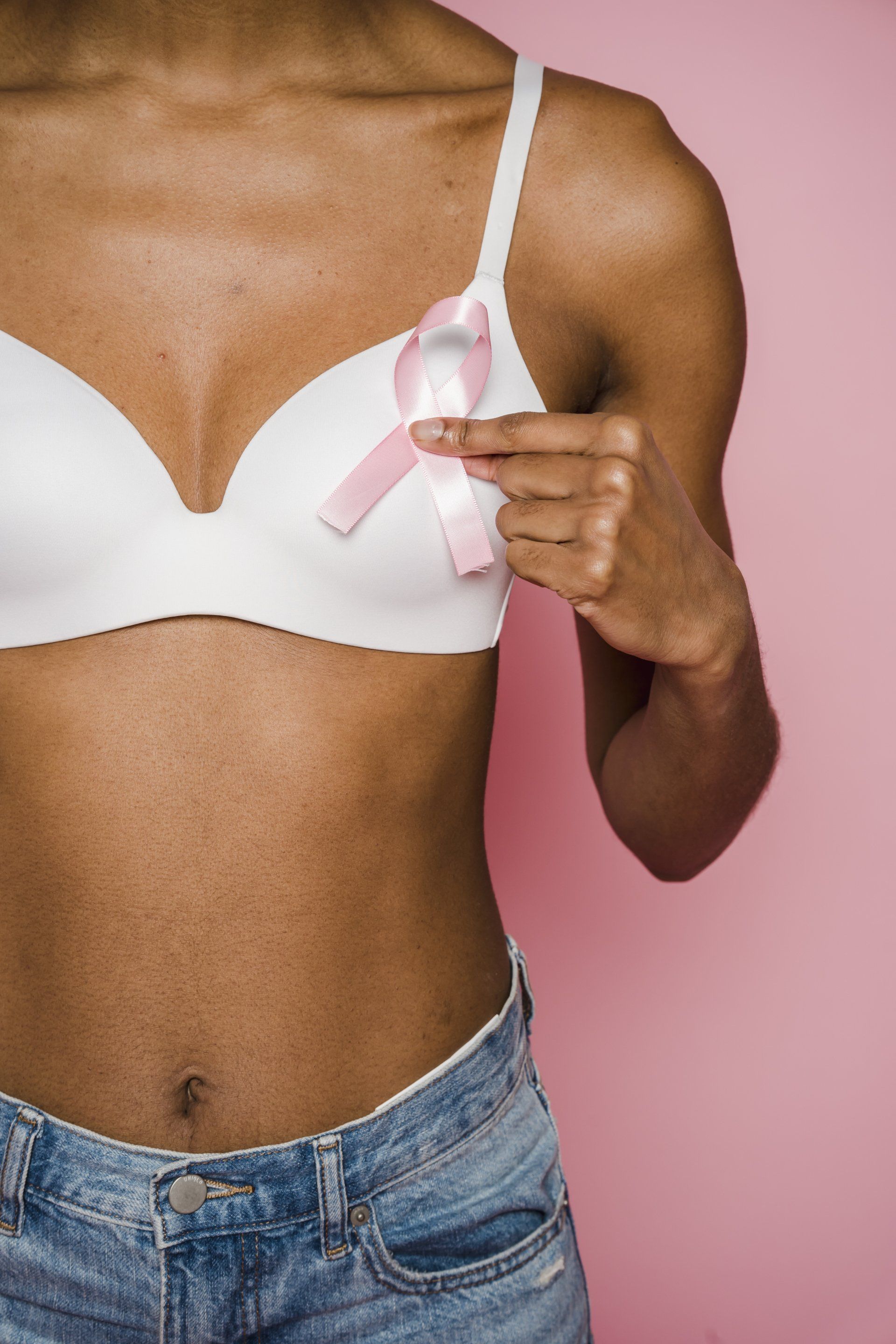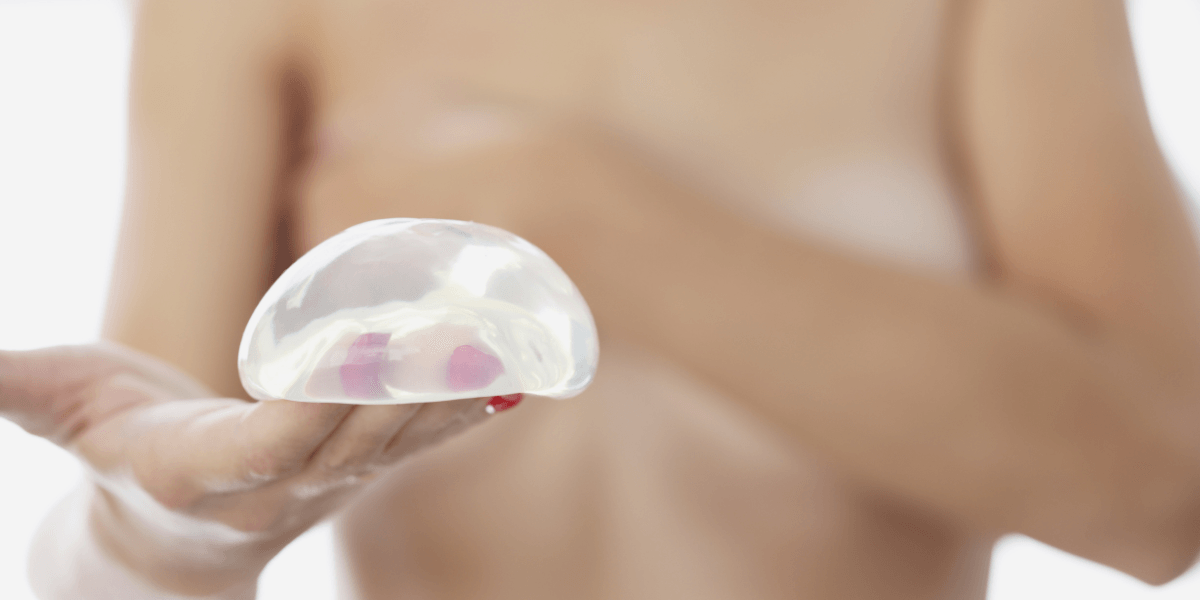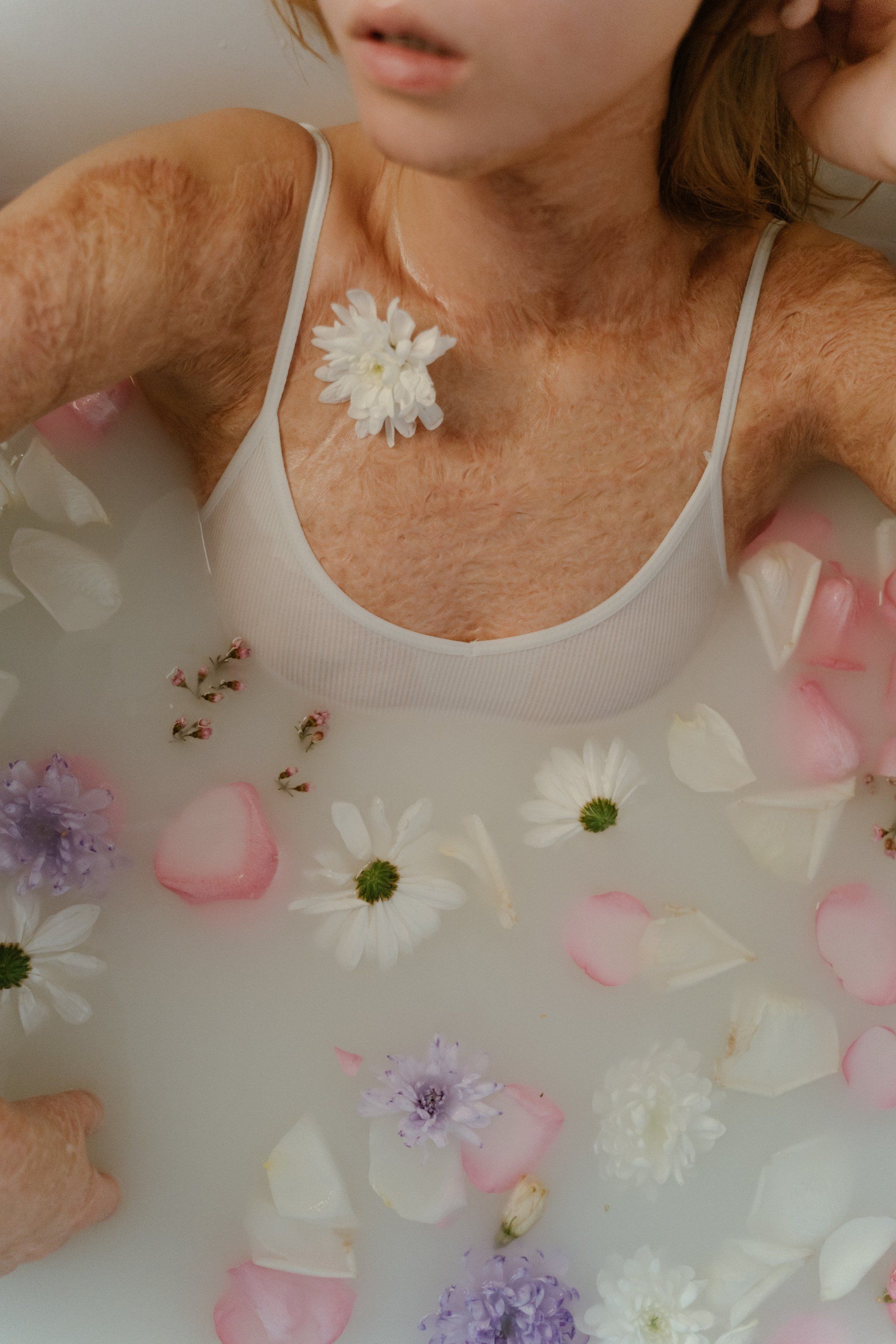How To Identify A Heat Related Illness
Summertime means hot weather and fun in the sun, but it can also be a time when people start feeling ill.
Heat-related illnesses are caused by spending too much time in the heat or humid environment, and they can range from mild to deadly. This is why it's important to know how to identify these illnesses early on so that you can get treatment and stay healthy.
In this blog post, we'll discuss how to identify a heat illness, the symptoms to look out for, and what you can do to prevent getting sick in the first place.
RELATED: What Is A Wellness Exam For A Woman And Why You Should Get One
How to Recognize a Heat Illness | Everything You Need to Know
What Is a Heat-Related Illness?
A heat-related illness is a condition that is caused by exposure to abnormal or prolonged amounts of humid weather and excessive heat, such as heat wave, without adequate fluid intake.
The body's heat regulating system helps to keep the internal temperature within a safe range. However, due to high heat, this system can become overloaded and the body's core temperature can begin to rise. This can lead to a number of different health problems, including heat exhaustion, muscle cramps, and heat stroke.
There are several different types of heat illnesses, but they all share some common symptoms. These include:
- feeling faint or dizzy
- nausea or vomiting
- headache
- muscle cramps
- excessive sweating
- rapid heartbeat
What Are the Common Heat-Related Illnesses?
- Heat Exhaustion
Heat exhaustion is a condition that can occur when the body's temperature rises to dangerous levels.
The body's response to heat exhaustion is to sweat, which helps to cool the body down. However, if the body cannot sweat enough, or if the air is very humid, the body will not be able to cool down sufficiently and heat exhaustion can occur.
Symptoms of heat exhaustion include:
- dizziness
- headache
- nausea
- feeling weak
- excessive sweating
- moist skin
If you have these symptoms, it is important to move to a cool place and drink cold water and sports drinks. You should also remove excess clothing, then place cool cloths on your skin.
If your symptoms do not improve within 30 minutes, you should call your local emergency medical service. If not treated quickly, heat exhaustion can lead to heat stroke.
- Heat Stroke
Heat stroke is the most severe form of heat-related illness. It is a potentially life threatening medical emergency that occurs when the body's temperature regulation system breaks down. This can cause the body to overheat, which can lead to organ damage and even death.
Symptoms of heat stroke include:
- confusion
- seizures
- loss of consciousness
- red, hot, and dry skin
- high fever
Cooling the body down is essential for treating heat stroke, so it is important to call 911 or go to the emergency room immediately.
You may also immerse the person in cool water or ice bath, and place ice bags or cold compresses to the skin. These are effective methods for bringing down the body temperature.
- Rhabdomyolysis
Rhabdomyolysis is a condition that can occur after exposure to extreme heat or prolonged exercise in hot weather. It happens when muscles break down and release their contents into the bloodstream. This can lead to kidney failure, so it's important to get treatment right away if you suspect you have this condition.
Symptoms of rhabdomyolysis include:
- muscle pain
- muscle weakness
- dark urine
If you have these symptoms, it is important to seek medical care immediately.
- Heat Syncope
Syncope, also known as fainting, is a sudden loss of consciousness. It is usually caused by a drop in blood pressure or by an interruption in the supply of oxygen to the brain.
Heat syncope is a type of syncope that occurs when blood vessels dilate in response to environmental heat exposure, resulting in a decrease in blood pressure and reduced blood flow to the brain. It usually happens when people stand up too quickly after being in a hot environment.
Symptoms include:
- dizziness
- lightheadedness
- feeling faint or passing out
In most cases, heat syncope can be treated by lying down in a cool place and drinking enough fluids. However, if the symptoms are severe or if they do not improve quickly, it is important to seek medical care or go to the emergency room.
- Heat Rash
Heat rash, also called prickly heat, is a skin irritation caused by sweating. It occurs when the sweat glands become blocked, and sweat is unable to evaporate from the skin.
Heat rash usually affects people who sweat a lot in hot weather. The rash typically appears as a red or pink rash that is covered with small blisters or bumps. It can be itchy and uncomfortable, and it often occurs in areas where the skin folds, such as the neck, upper chest, armpits, or groin.
Symptoms of heat rash include:
- red, blotchy skin
- itching
- a stinging sensation
Treatment typically involves cooling the affected area and keeping the skin dry. If the rash does not improve within a few days, or if it appears to be spreading, it is important to see a doctor.
- Heat Cramps
Heat cramps are muscle pains or spasms that can occur after exposure to the heat. They are often caused by dehydration and electrolyte imbalances.
Symptoms of heat cramps include:
- painful muscle cramps
- muscle spasms
- moist skin
If you have these symptoms, it is important to drink cool sports drinks. You should also try to stretch cramped muscles slowly. In some cases, you may place cool cloths on the skin.
If your heat cramps symptoms don't improve within an hour, you should seek medical attention.
How Common Are Heat-Related Illnesses?
Heat illness is more common than you might think.
According to the Centers for Disease Control and Prevention (CDC), there are an average of 702 deaths from heat exposure each year in the United States. This number is likely to rise as the climate continues to warm.
Anyone can get a heat-related illness, but some people are at a higher risk than others.
For example, older adults, young children, and people with chronic medical conditions, such as high blood pressure, are more likely to experience problems in hot weather. People who are overweight or who have poor circulation are also at increased risk.
People who work outdoors or participate in strenuous physical activity are also more likely to get heat-related illnesses. This is because they are more likely to be exposed to high temperatures and may not have the opportunity to take breaks in shady or cool areas.
Are There Any Long-Term Effects Associated with Heat-Related Illnesses?
Most heat-related illnesses are not serious and will resolve on their own with rest and fluids.
However, some conditions can lead to more serious problems if they are not treated promptly. These include:
- kidney damage
- liver damage
- heart arrhythmia
This is why it's so important to seek medical attention if you experience any of the symptoms of a heat-related illness. Early treatment can help prevent these more serious complications.
RELATED: The Importance Of Preventive Health Care For Women
How Can You Prevent These Illnesses from Occurring?
Here are a few tips for preventing heat related illnesses:
- Stay Hydrated
It's important to stay hydrated by taking frequent drink breaks, and by drinking plenty of cool fluids, especially water and sports drink, even if you're not thirsty. Avoid beverages with caffeine or alcohol, as they can actually cause you to lose more fluid.
- Wear Appropriate Clothing
In hot weather, it's important to wear loose, light-colored clothing. This will help your body body sweat and cool down.
- Avoid Hot Environments
When possible, avoid hot environments, or at least take breaks in a cool place. Try to avoid vigorous or outdoor activities during the hottest hour of the day, which is typically around 3 p.m.
- Take Cool Showers or Baths
If you're feeling overheated, take a shower or bath with cool water. This will help lower your body temperature quickly.
- Use Fans or Air Conditioning
Fans and air conditioning can also help keep you cool. If you don't have air conditioning, try to spend time in public places that do, such as a library or shopping mall.
- Check on At-Risk Individuals Regularly
It's important to check on at-risk individuals regularly during hot weather, such as the elderly, young children, and people with chronic health conditions. These individuals are more likely to experience serious complications from a heat-related illness.
- Protect Yourself from the Sun
As we age, there are plenty of things that we cannot control. We can, however, take precautions.
You wear your skin every day; be sure to take care of it with a good sunscreen. Block out rays that rapidly increase the signs of aging, lock in the moisture you do have, and hold on to skin elasticity and firmness by keeping the skin properly protected and equipped for the environmental effects that are around us every day.
nutraMetrix Cellular Laboratories De-Aging Sunscreen Broad Spectrum SPF 50+ can be used on the body, but gentle enough and fast absorbent enough to wear on the face and under makeup.
Formulated with potent antioxidants, this unique sunscreen helps to protect against free radical damage while hydrating and nourishing the skin. It is easily absorbed into the skin, providing long lasting protection from the sun’s harmful UV rays.
As a result, nutraMetrix Cellular Laboratories De-Aging Sunscreen is an ideal choice for those who are looking for a sunscreen that provides comprehensive protection against the sun's harmful rays.
Final Thoughts
Summertime is a great time to enjoy the outdoors and have fun in the sun. However, it's important to be aware of the dangers of heat-related illnesses.
Heat-related illnesses are serious and can be deadly if not treated quickly. By knowing the symptoms and taking steps to prevent them, you can stay safe and healthy all summer long!
Up Next:
- 5 Signs You're Under Too Much Stress (and What to Do About It)
- How to Stop Stressing and Get Better Sleep
- Sex During Chemo: A Couple's Guide to Loss of Libido










